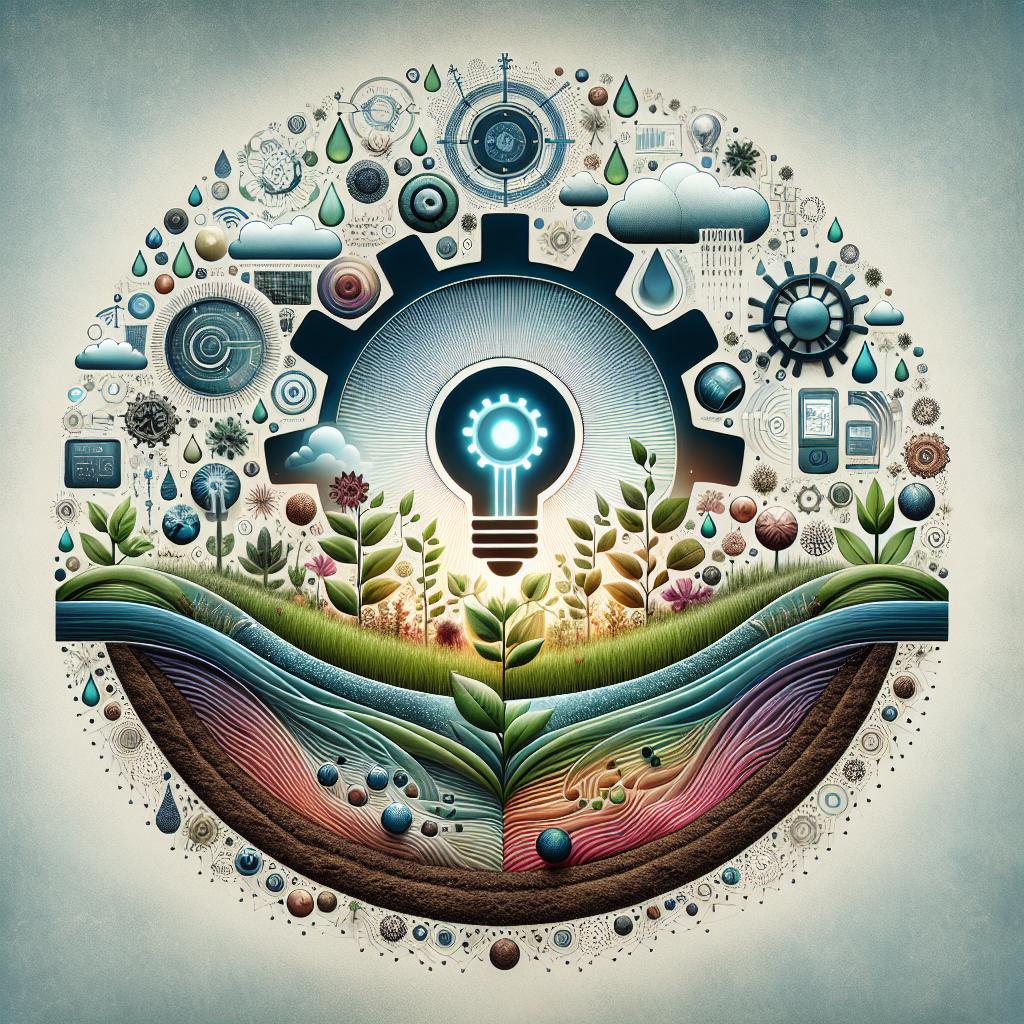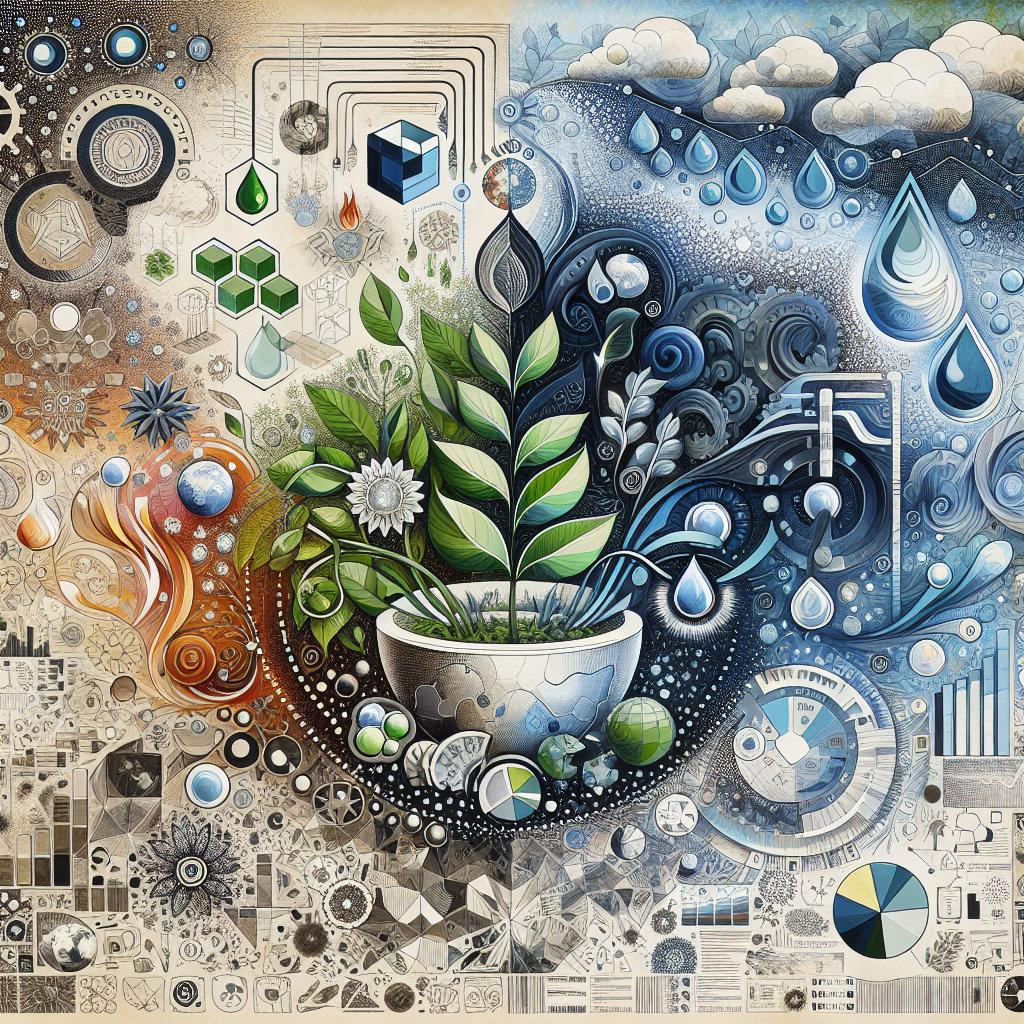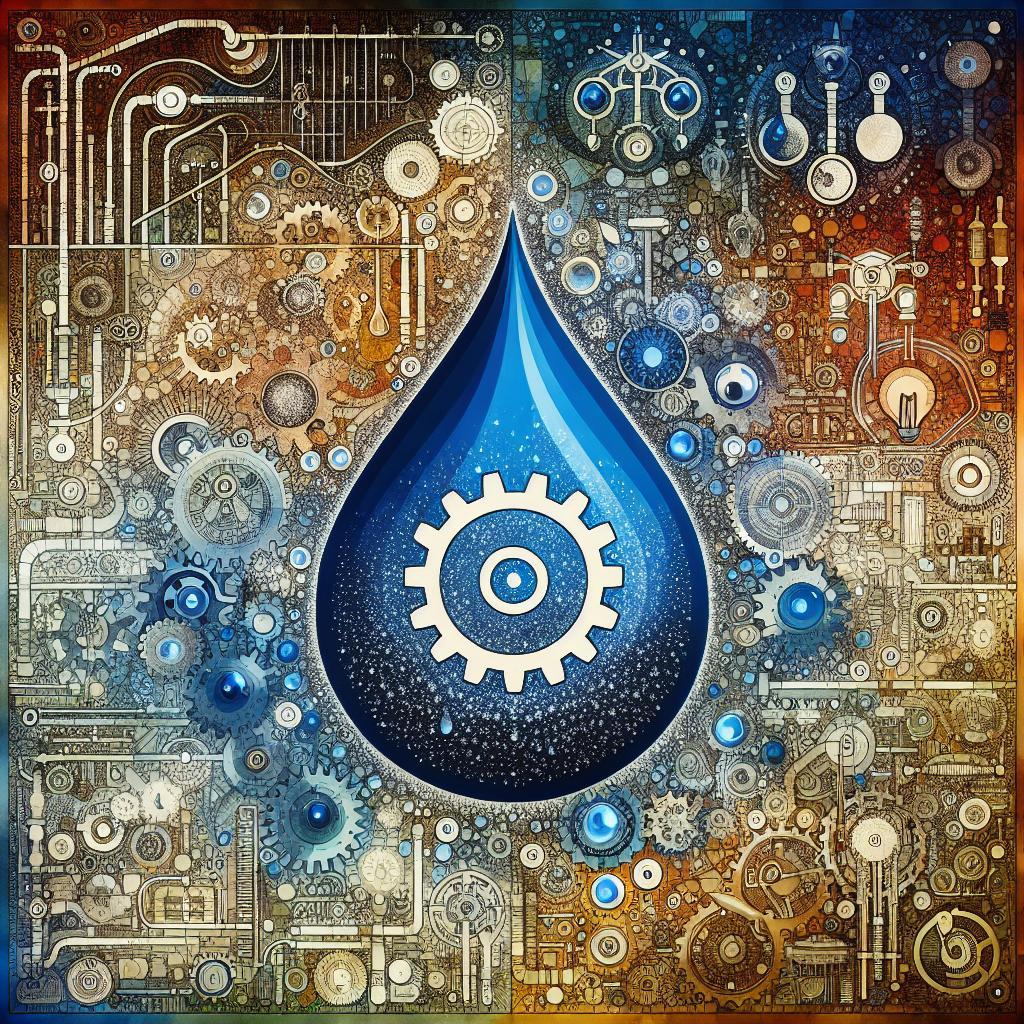This post may contain affiliate links which means I may receive a commission for purchases made through links. Learn more on my Private Policy page.
Maximizing Water Efficiency with the Right Irrigation System
In a world where every drop counts, the quest for water efficiency has never been more vital. Imagine standing in your lush garden or vibrant farm, proud of your flourishing plants—all while knowing you’re doing your part to conserve our precious resources. Enter the secret weapon in this green revolution: the right irrigation system. With an array of innovative options designed to optimize water usage, harnessing the power of technology can transform our relationship with water. Whether you’re a seasoned gardener, a dedicated farmer, or a weekend warrior, choosing the perfect irrigation system can lead to bountiful harvests and beautiful landscapes, all while minimizing waste. Join us as we explore how to make informed choices that ensure every plant receives just what it needs, and discover the smart strategies that can help you cultivate success—one drop at a time!
Understanding Your Landscape Needs for Optimal Irrigation Choices
Before selecting an irrigation system, it’s crucial to assess the unique characteristics of your landscape. Each garden or yard has its own set of needs based on factors like plant types, soil quality, and climate conditions. Knowing your landscape can guide you towards the most suited irrigation methods, ultimately enhancing water efficiency:
- Plant Requirements: Different plants have varying water needs. Native species might require less frequent watering than exotic ones.
- Soil Type: Sandy soils drain quickly and may need more frequent irrigation whereas clay soils retain moisture better.
- Microclimates: Identify areas in your yard that receive more sunlight or wind; these spots may require additional watering.
Choosing the right irrigation system can also prevent water wastage and promote healthy plant growth. Efficient options such as drip irrigation and soaker hoses deliver water directly to the plant roots, minimizing evaporation and runoff. It’s beneficial to evaluate your landscape’s layout and the various zones within it:
| Zone Type | Watering Method | Benefits |
|---|---|---|
| Flower Beds | Drip Irrigation | Precise watering with reduced weed growth |
| Lawn Areas | Sprinklers | Uniform coverage and ease of use |
| Vegetable Gardens | Soaker Hoses | Efficient moisture control without wetting leaves |

Exploring Smart Irrigation Technologies to Save Water and Enhance Growth
Modern agriculture faces the pressing challenge of balancing food production with sustainable water usage. Smart irrigation technologies have emerged as a beacon of hope in this endeavor, offering innovative solutions that significantly reduce water wastage while promoting healthier, more vigorous plant growth. These systems utilize advanced data analytics, weather forecasting, and soil moisture sensors to determine the precise watering needs of crops, ensuring they receive just the right amount of hydration at the optimal time. By employing such technologies, farmers can expect increased crop yields, improved resource management, and reduced operational costs, ultimately leading to a more sustainable agricultural ecosystem.
Among the most notable smart irrigation solutions are drip irrigation and automated sprinkler systems, both tailored to meet the diverse needs of various crops. Here’s a quick comparison:
| Feature | Drip Irrigation | Automated Sprinkler Systems |
|---|---|---|
| Water Efficiency | High | Moderate |
| Installation Cost | Higher Initial Investment | Lower Initial Investment |
| Maintenance | Requires regular checks | Less frequent maintenance |
| Application | Best for row crops | Ideal for larger fields |
Choosing the right irrigation technology can transform agricultural practices by promoting water conservation, sustainable growth, and ultimately a healthier planet. Whether you are a small-scale farmer or managing a large agricultural enterprise, embracing these advancements will not only make your operations more efficient but also contribute to a larger movement toward environmental sustainability.

Strategies for Efficient Water Management That Benefit Your Wallet and Plants
Investing in a smart irrigation system is a game changer for both your wallet and your plants. Start by opting for drip irrigation, which delivers water directly to the roots of your plants, minimizing evaporation and ensuring that every drop counts. This method not only reduces water waste but also leads to healthier growth and higher yields. Additionally, implementing smart timers can help you avoid overwatering, allowing you to set specific irrigation schedules based on weather conditions. Pairing these systems with mulching can enhance water retention in the soil, further optimizing your watering routine.
Another effective strategy is to install a rainwater harvesting system. Collecting rainwater can significantly lower your water bills while providing a sustainable resource for your garden. This system can be simple, such as barrels positioned under downspouts, or more elaborate, including underground storage tanks. By combining rainwater collection with a weather-based controller, you can adjust irrigation schedules based on real-time precipitation data. Here’s a quick overview of potential savings:
| Method | Potential Savings |
|---|---|
| Drip Irrigation | Up to 50% water savings |
| Smart Timers | 20-30% less water usage |
| Rainwater Harvesting | 70% reduction in water bills |

Maintenance Tips for Keeping Your Irrigation System in Top Shape
Regular maintenance is crucial to ensure your irrigation system functions seamlessly and conserves water effectively. Start by conducting a thorough visual inspection of your system, checking for any visible leaks, clogged emitters, or damaged components. Replace or repair any faulty parts immediately to avoid wasting water and ensure optimal performance. Additionally, it’s wise to clean filters and emitters periodically to prevent debris build-up that can hinder water flow. You might also want to check the programming on your irrigation controller to ensure it matches the current weather conditions and seasonal requirements.
Another key aspect of maintaining your irrigation system is monitoring the water pressure. Too much pressure can lead to inefficient watering and potential system damage. Consider installing a pressure regulator if you notice frequent fluctuations. It’s also beneficial to schedule regular seasonal check-ups for your system, especially before planting and during peak growing seasons. By keeping a maintenance log, you can track adjustments and repairs, which will streamline future inspections. Below is a simple checklist to guide your maintenance routine:
| Task | Frequency |
|---|---|
| Visual System Inspection | Monthly |
| Clean Filters and Emitters | Every 3 months |
| Check Programming Adjustments | Seasonally |
| Inspect Water Pressure | Bimonthly |
To Conclude
As we wrap up our journey through the world of efficient irrigation, remember that every drop truly counts. Investing in the right irrigation system not only nourishes your plants but also nurtures the planet we call home. By embracing smart technology and sustainable practices, you can create a flourishing garden while conserving precious water resources. So, whether you’re a seasoned gardener or just starting out, let your commitment to water efficiency inspire those around you. Together, we can cultivate greener spaces and a brighter, more sustainable future. Now grab your watering can, take a deep breath, and let’s grow smarter, not harder! Happy gardening! 🌿💧
This post may contain affiliate links which means I may receive a commission for purchases made through links. Learn more on my Private Policy page.

